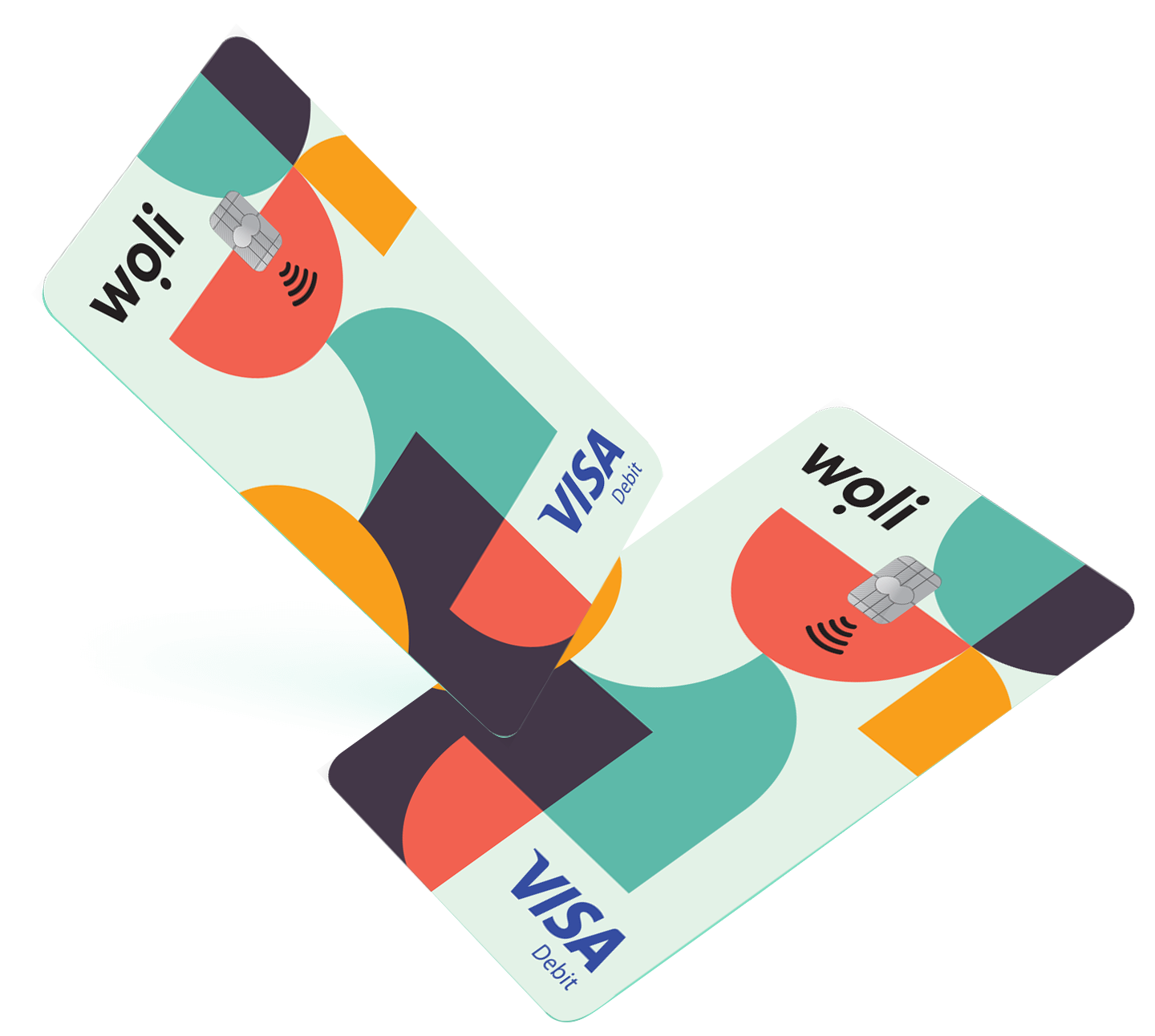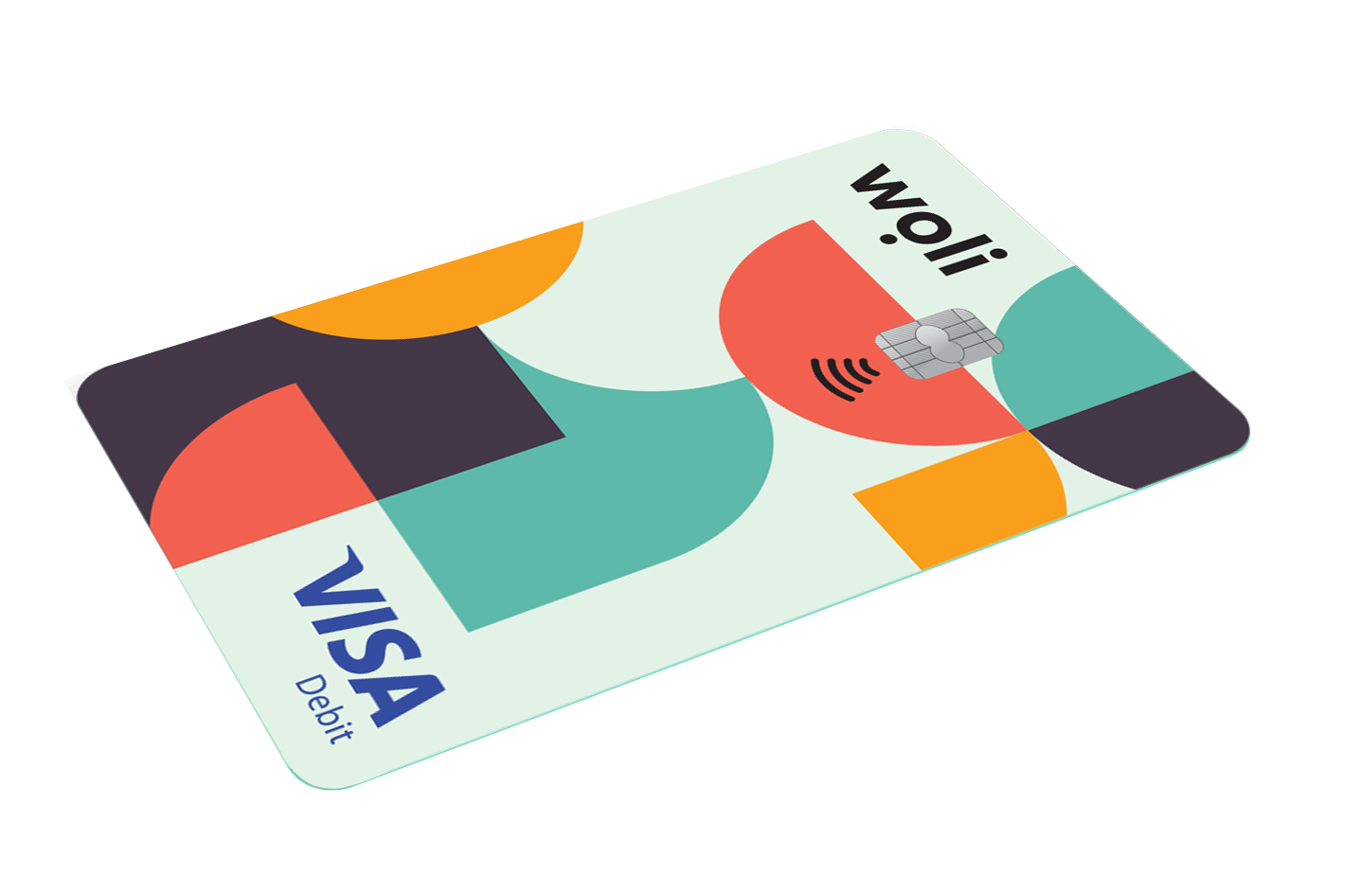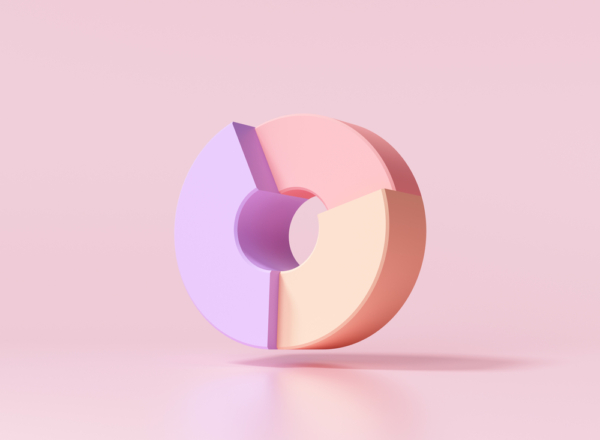Coins and banknotes
Coins and banknotes – do you think you know everything about them? We focus on this activity because, while countless coins and banknotes pass through our hands every day, we often don’t know basic information about them. So, let’s discover them together!
Starting from the past, as societies evolved and trade grew, there was a need for the emergence of money with specific value, in order to make more accurate exchanges. Hence, the first coins began to be made of metals. According to historians, the first use of a coin was found in Babylon around 2000 BC, in the region of Asia and during the reign of King Alyattes, where coins appeared that were made of amber, a natural mixture of gold and silver. They were shaped like beans and presented the royal symbol, a lion. Soon, similar coins began to appear in other parts of the world at that time.
Sometime later, the first banknotes appeared in China during the Song dynasty. They were known by the name of Jiaozi and were easier to use than heavy gold coins. In fact, it is believed that they were originally made from berry trees (so, in a sense, they grew on the trees). By the late 18th and early 19th centuries, banknotes had also spread to other parts of the world.
Today, for our commercial transactions we use modern coins and banknotes, issued by banks (fiat money), a concept that we will analyze in your next activity. Countries such Greece or Italy that belong to the eurozone use our well-known Euro coins and banknotes. Euro coins are made in denominations of €1, €2, €5, €10, €20 and €50 and €1 and €2. Special edges make it easier for people with vision problems to recognize the different currency values. The three coins of lower value are made of copper-coated steel. The 10, 20 and 50 cent coins are “Scandinavian gold” and the 1 and 2 euro coins use a sophisticated technology of mixing two metals that helps prevent counterfeiting.
On the other hand, euro banknotes are broken down into those of 5, 10, 20, 50, 100, 200 and 500 euros and show the architectural styles from seven periods of Europe’s cultural history. Each banknote has a different size and colour, e.g. red for €10 notes and blue for €20 banknotes. The printed numbers are large and strong, while for safety purposes they carry a watermark, a safety thread and a transparent number. Finally, a little secret is that, if you shake the banknotes in the light, you will notice that a window appears with a mysterious portrait inside.









